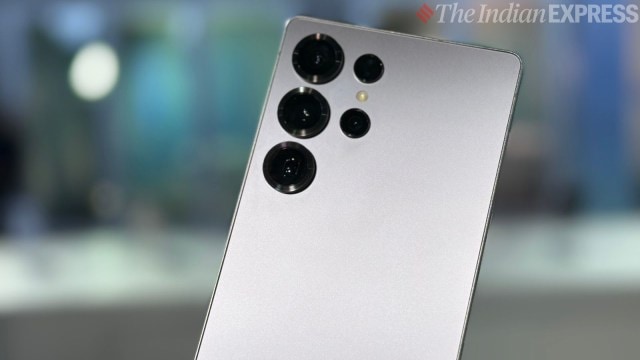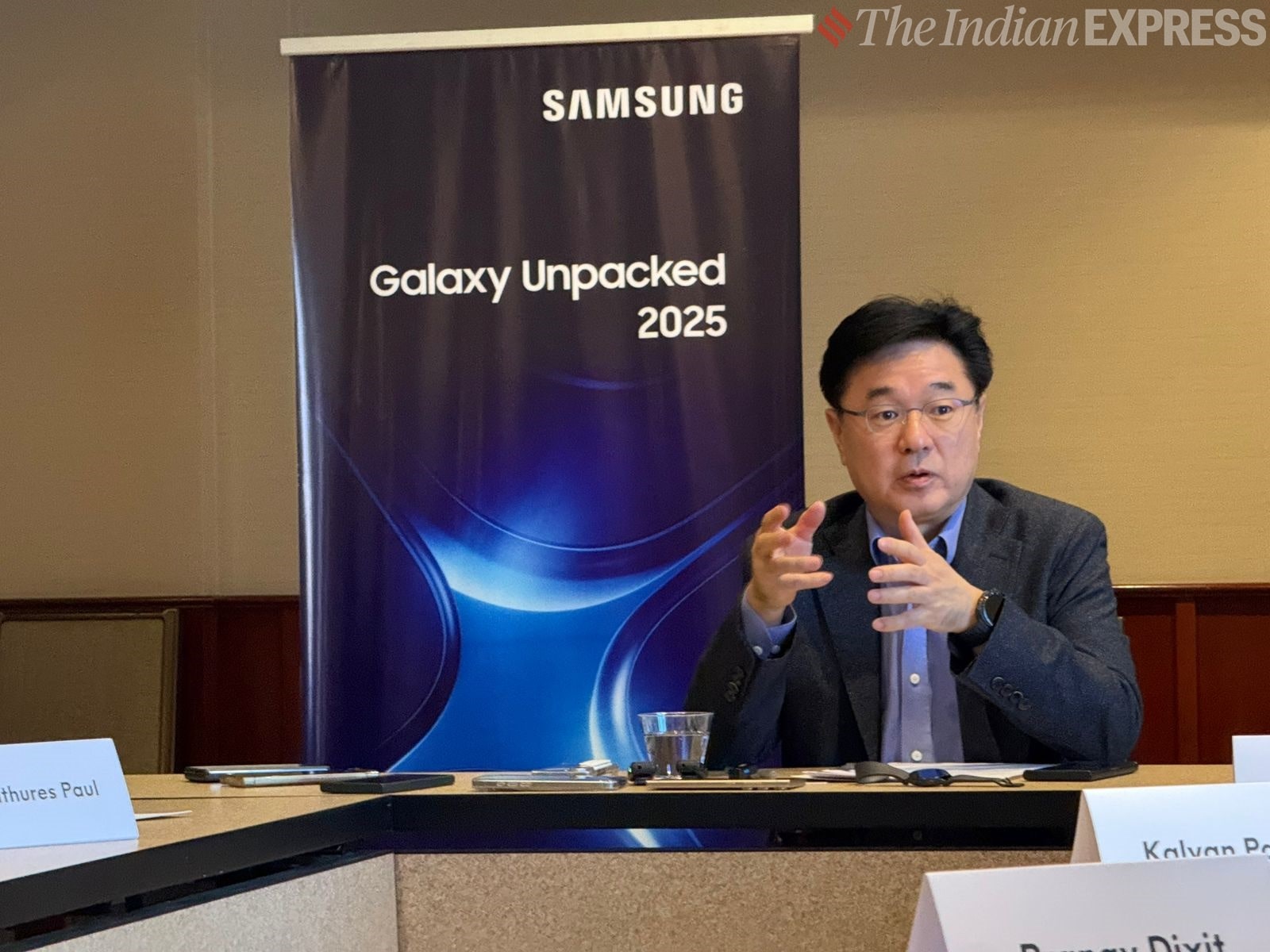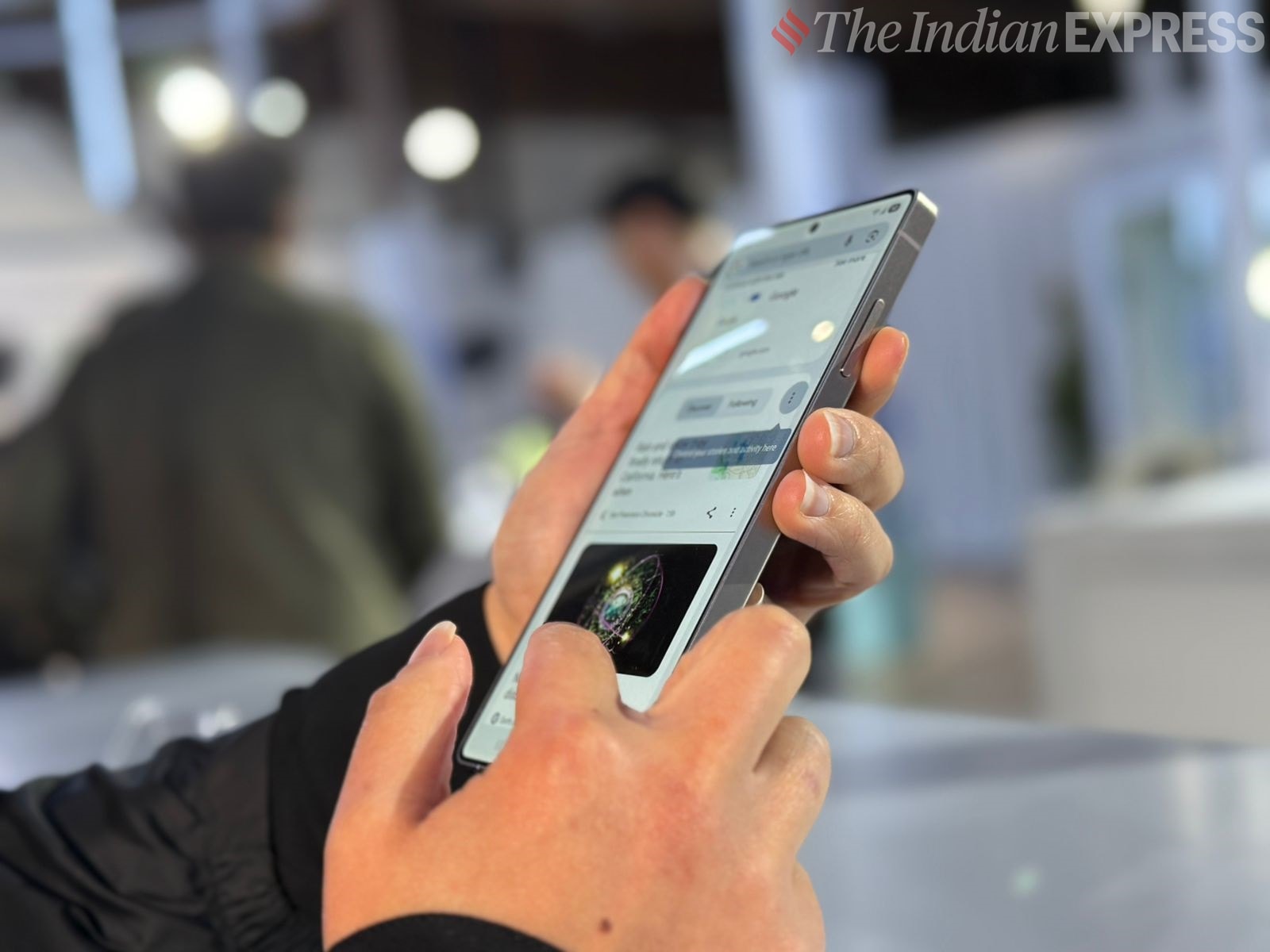Anuj Bhatia is a seasoned personal technology writer at indianexpress.com with a career spanning over a decade. Active in the domain since 2011, he has established himself as a distinct voice in tech journalism, specializing in long-form narratives that bridge the gap between complex innovation and consumer lifestyle. Experience & Career: Anuj has been a key contributor to The Indian Express since late 2016. Prior to his current tenure, he served as a Senior Tech Writer at My Mobile magazine and held a role as a reviewer and tech writer at Gizbot. His professional trajectory reflects a rigorous commitment to technology reporting, backed by a postgraduate degree from Banaras Hindu University. Expertise & Focus Areas: Anuj’s reporting covers the spectrum of personal technology, characterized by a unique blend of modern analysis and historical context. His key focus areas include: Core Technology: Comprehensive coverage of smartphones, personal computers, apps, and lifestyle tech. Deep-Dive Narratives: Specializes in composing longer-form feature articles and explainers that explore the intersection of history, technology, and popular culture. Global & Local Scope: Reports extensively on major international product launches from industry titans like Apple and Google, while simultaneously covering the ecosystem of indie and home-grown tech startups. Niche Interests: A dedicated focus on vintage technology and retro gaming, offering readers a nostalgic yet analytical perspective on the evolution of tech. Authoritativeness & Trust Anuj is a trusted voice in the industry, recognized for his ability to de-jargonize trending topics and provide context to rapid technological advancements. His authority is reinforced by his on-ground presence at major international tech conferences and his nuanced approach to product reviews. By balancing coverage of the world's most valuable tech brands with emerging startups, he offers a holistic and objective view of the global technology landscape. Find all stories by Anuj Bhatia here. You can find Anuj on Linkedin. ... Read More
- Tags:
- Samsung



 JB Park, President and CEO of Samsung Southwest Asia, held a media briefing on the sidelines of Galaxy Unpacked in San Jose, California, on Wednesday. (Image credit: Anuj Bhatia/Indian Express)
JB Park, President and CEO of Samsung Southwest Asia, held a media briefing on the sidelines of Galaxy Unpacked in San Jose, California, on Wednesday. (Image credit: Anuj Bhatia/Indian Express) Samsung is increasingly looking to tap into India’s smaller cities, as competition in the smartphone segment has risen—both from Apple and Chinese phone makers—in recent quarters. (Image credit: Anuj Bhatia/
Samsung is increasingly looking to tap into India’s smaller cities, as competition in the smartphone segment has risen—both from Apple and Chinese phone makers—in recent quarters. (Image credit: Anuj Bhatia/





